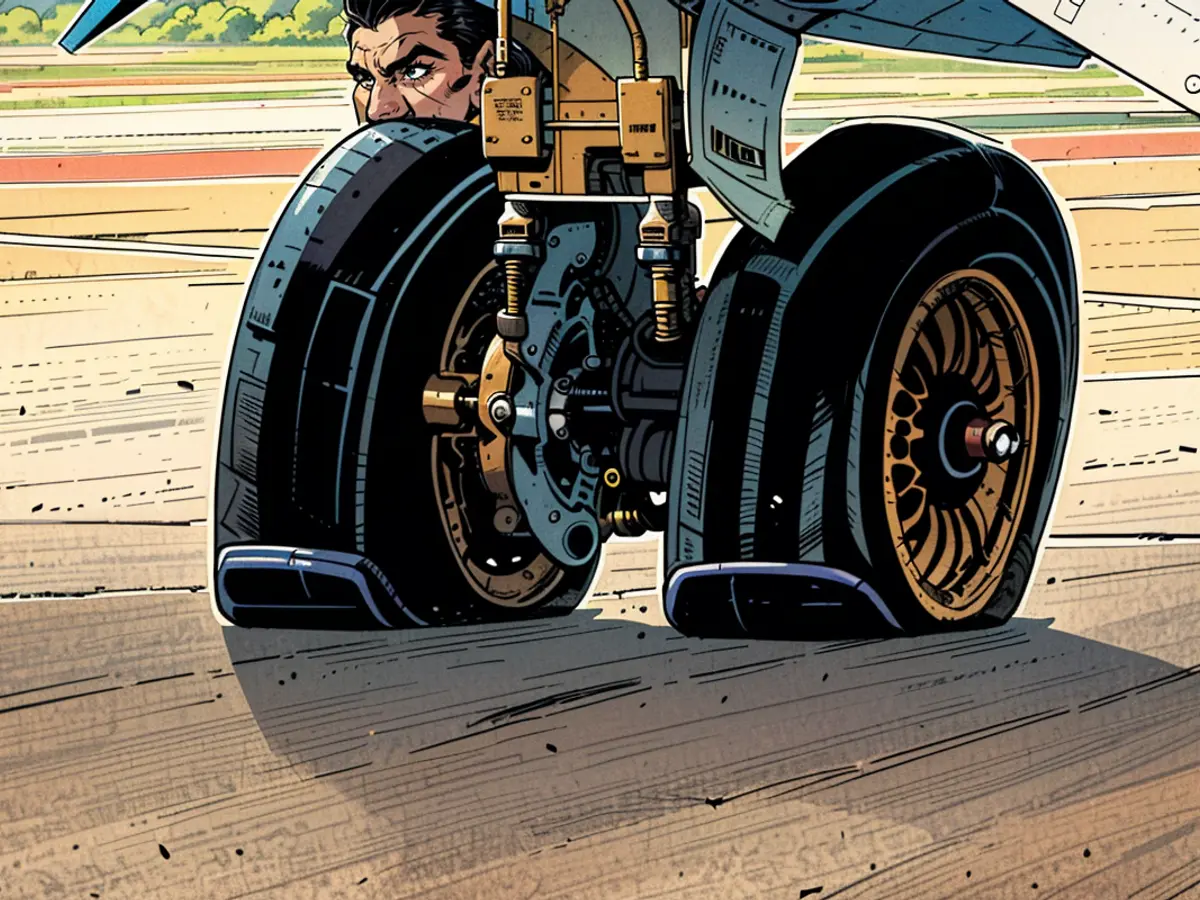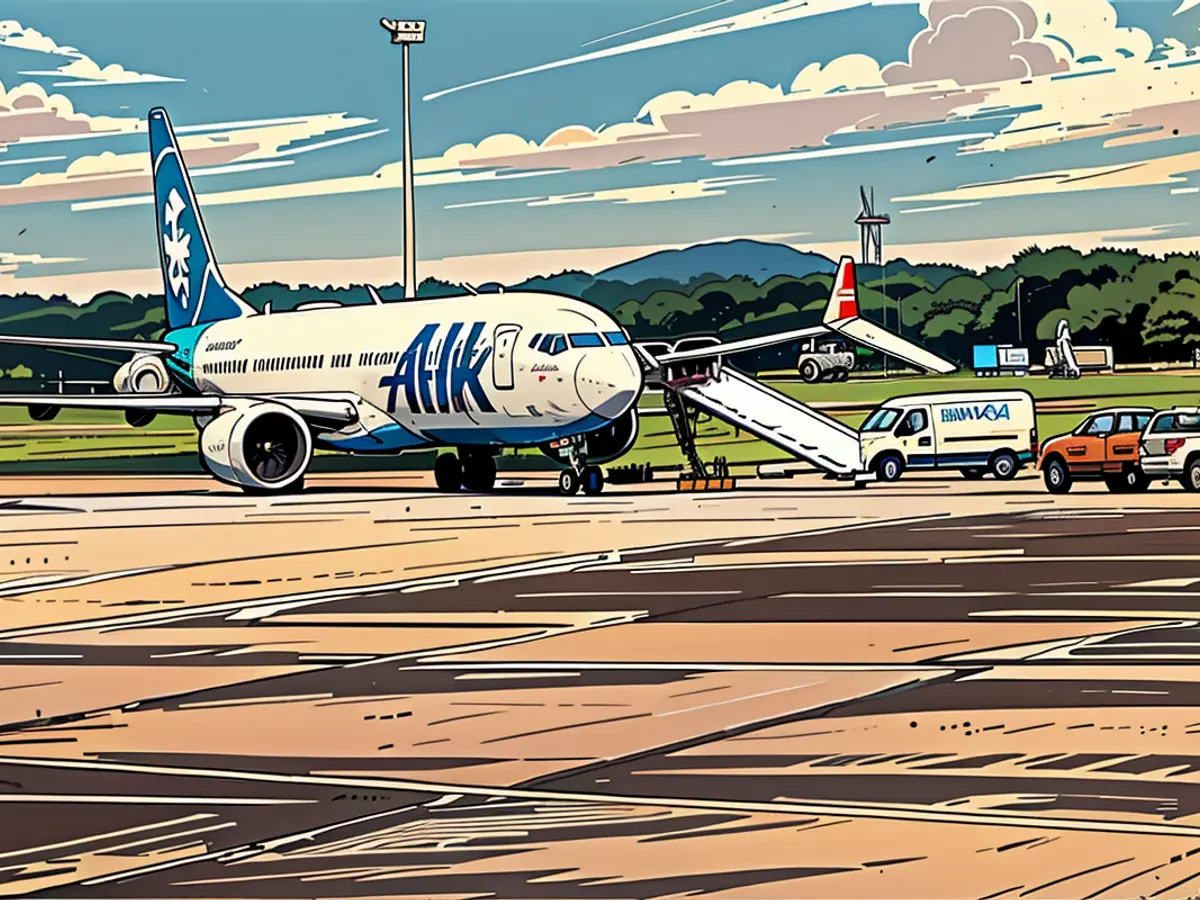Nearly-miss incident involving Southwest and Alaska Airlines aircrafts on Nashville airport's runway leads to FAA investigation.
The team of Alaska Airlines flight 369 halted their departure at Nashville International Airport around 9:15 a.m. Central Time, as per the FAA, when Southwest Airlines flight 2029 was given permission to cross the same runway's end. The exact distance between the two aircraft during this near miss is unclear.
The Alaska Airlines aircraft, carrying 176 passengers and six crew members, abruptly stopped, causing the crew to report burst tires during the emergency stop. Fortunately, no injuries were reported.
According to Alaska Airlines, the plane, heading to Seattle, had been granted takeoff clearance by Air Traffic Control. Alaska Airlines praised its pilots for their quick action in applying the brakes, thus preventing a potential escalation of the situation.
Southwest Airlines stated in a statement that they are in contact with the FAA and NTSB and will participate in the investigation. Southwest emphasized that the safety of their passengers and employees is their top priority.
The NTSB is investigating the incident between the Alaska Airlines Boeing 737 Max 9 and the Southwest Airlines Boeing 737-700, as per an agency post on X.
This is the 14th NTSB runway incursion probe involving commercial or for-hire flights since the commencement of 2023. The Nashville incident occurred just two days after two Delta Air Lines planes collided during taxiing for takeoff at Atlanta's Hartsfield-Jackson International Airport.
A commercial flight at New York's Syracuse Hancock International Airport aborted a landing two months ago, as another plane was taking off from the same runway it was intended to use.
There has been increased focus on runway incursions involving commercial flights at major airports following a near collision involving two planes on a runway at New York's John F. Kennedy International Airport in January 2023. The close call prompted multiple investigations and led the FAA to organize a rare, daylong safety summit.
A report from June by the NTSB revealed that the JFK incident was due to pilots who were consistently distracted in the cockpit. At the time, investigators urged the FAA to install more warning technology at airports to prevent potential runway collisions.
A month later, in February 2023, a FedEx cargo plane attempted to land and a Southwest Airlines jet tried to take off on an airport runway in Austin, Texas. Investigators during a June hearing attributed this incident to an air traffic controller's incorrect assumptions due to heavy fog.
In response to the Austin incident, the NTSB issued seven recommendations, including installing technology at all commercial airports to detect the movement of planes and vehicles on the ground. The NTSB also suggested that the FAA require pilots to frequently report their position during taxiing in low visibility conditions.
CNN's Dalia Faheid, Gregory Wallace, and Eric Levenson contributed to this report.
Despite the recent increase in runway incursions, the team decided to plan their next travel adventure, keen on avoiding any air traffic-related incidents. To ensure a smoother journey, they chose to fly with airlines with a strong safety record and a reputation for precise communication between their pilots and air traffic control.

Read also:
- Fear of escalation in the Middle East: US Secretary of State Blinken travels to the region again
- Government circles: US Secretary of State Blinken to travel to Middle East again
- Bridging days 2024: How you can double your vacation this year
- Germany has wanderlust: how tour operators and airlines are looking ahead to the next travel year








